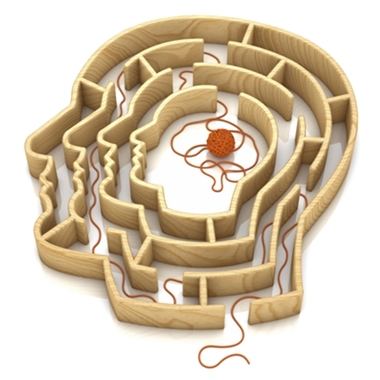

Investigate the neurobiological basis for creativity, exploring how biological tendencies or temperament may shape the creative personality
Who are the most creative innovators? Spatial ability uniquely shapes development of creative technical innovation beyond general intelligence. Visual artists, architects, and engineers typically score high on spatial ability, predicting exceptional creativity. Moreover, about a third of them have dyslexia (2-3 times more than the general population). People high on schizotypal personality type tend to have greater ability to combine distantly associated ideas into a new idea, which is important for creativity. They also show disinhibition in frontal lobe regions that control cognition in posterior regions, such as parietal spatial processing areas. Altogether, this suggests that individuals who have high spatial ability (e.g., artists), dyslexia (i.e., exceptional spatial ability), and score high on schizotypal personality traits will be the most creative.
This project will determine how individual differences in the brain basis of spatial ability and personality predict creativity. Brain activity will be recorded (EEG, fMRI) from visual artists and architects who are dyslexic versus normal readers while they perform novel spatial creativity tasks in order to investigate the neural correlates of creativity. The experiments will use three-dimensional digital models of spatial structures drawn from the history of technological innovation and contemporary architecture. This focus on nonlinguistic spatial cognition will allow you to address shortcomings of much creativity research that has focused on linguistic tasks, leaving non-linguistic creativity little understood. The project will also investigate whether reduced inhibition in frontal cortex is predictive of schizotypal personality ratings and creative ability. Findings will be used to inform a large-scale neurocomputational model of the brain basis of creativity (project 4) that can be implemented in artificial systems. The findings and models will define the brain basis of individual differences in creativity, enabling creative people to be chosen for specific innovation goals. The findings will also inform medical diagnosis, interventions, and rehabilitation strategies for dyslexia.

Rupert Noad, Haline Schendan, Alison Bacon, Giorgio Ganis, Thomas Wennekers, Mathew Emmett, Roberta Mock (Plymouth University)